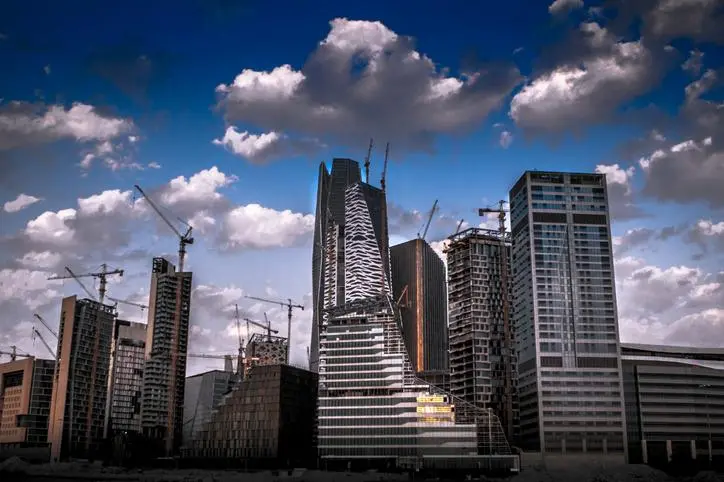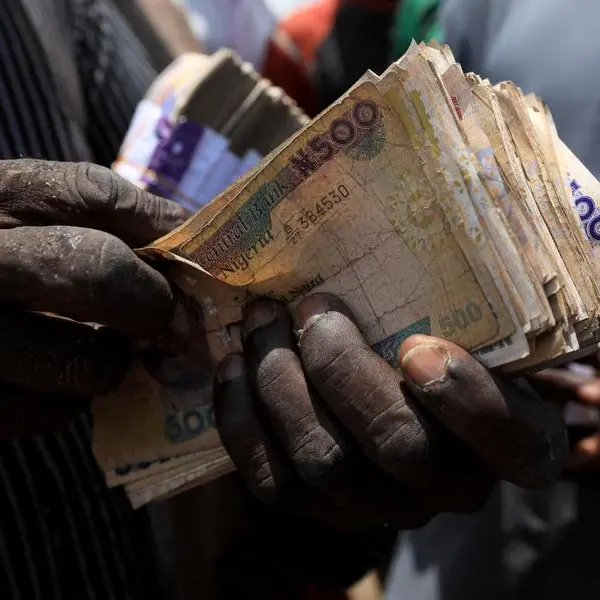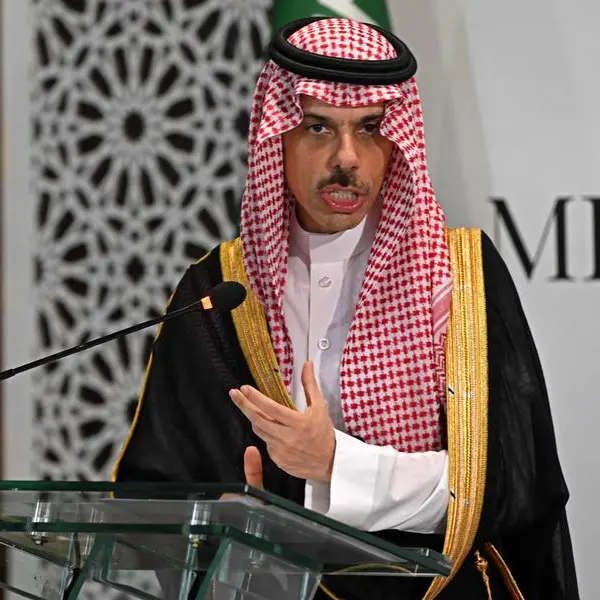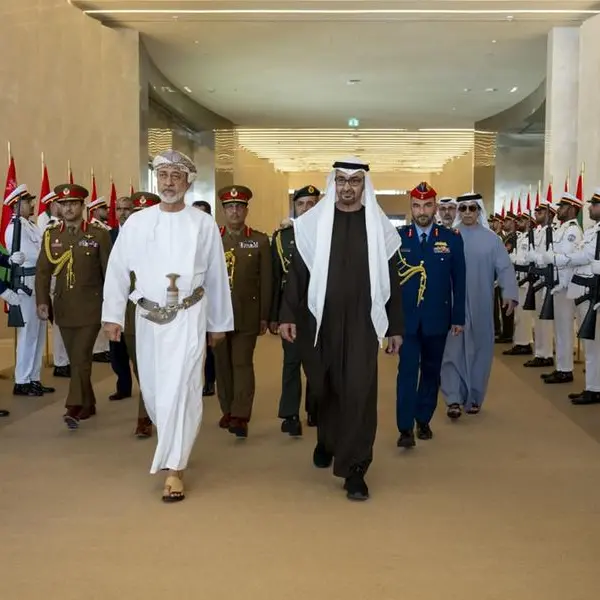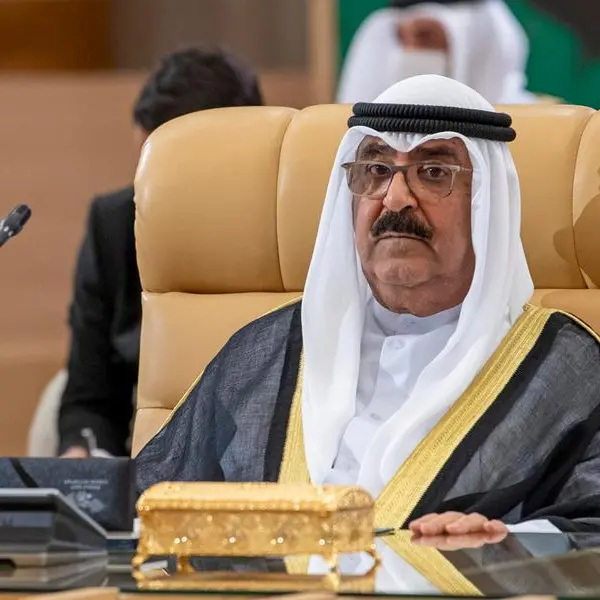PHOTO
JEDDAH — Saudi Arabia “is expected to see very limited growth this year at only 0.5%”, reflecting renewed oil production cuts by OPEC+, which the Kingdom has spearheaded in order to stabilize international oil prices, ICAEW/Oxford Economics said in its Economic Update Middle East Q3 2019 report released over the weekend.
Aggregate oil production in the Gulf Cooperation Council (excluding Bahrain and Qatar due to missing data points), Iran and Iraq dropped from 24.8m barrels per day (b/d) in the first half of 2018 to 23.9m b/d over the same period in 2019, representing a 3.6% contraction. Downside risks to the global economy, ranging from an expected US recession in 2020 to an escalation in the US-China trade war, have also weighed on oil prices in the past few months, dropping to $58pb recently. We expect oil prices to recover to $65pb in Q4 2019.
The report forecast that the economy remains closely linked to oil-sector developments, despite major diversification efforts. Preliminary figures from the General Authority of Statistics show that the economy grew by 1.7% y/y in Q1 2019, buoyed by an uptick in both oil and non-oil activities compared to the same period last year. Growth was broad-based with 'transport, storage and information' and 'financial and business services' growing fastest, both at 4.9% y/y. More interestingly, construction activity is finally showing some signs of recovery, expanding by 1.3% in Q1 2019 after contracting by around 3% a year in 2016?18. “We expect headline GDP, however, to moderate for the remainder of this year, averaging around 0.5% in 2019, below the average of 2.2% last year, weighed down by renewed oil production cuts by OPEC+.”
Oil production in Saudi Arabia averaged 10.06m b/d in Q1 and 9.78m b/d in Q2 2019, notably below the average of 10.3m b/d in 2018. With the extension of the OPEC+ supply cuts well into Q1 2020, oil production is unlikely to recover meaningfully in the second half of this year.
As such, “we expect the oil sector to contract by 1.8% in 2019, well below the growth rate of 2.9% registered in 2018.”
Saudi Arabia is actively working to support oil prices amid growing fears of worsening global demand conditions, reflecting the escalating US-China trade war and the potential of a US recession by next year. Further, the oil sector will also be weighed down by lower oil prices this year, which we see averaging $65.5pb, some 7.8% below the average of $71.1pb last year.
The Saudi non-oil private sector, on the other hand, expanded by 2.3% y/y in Q1 2019, the fastest in six quarters, and the PMI, a gauge of the health of the non-oil private sector, reached its highest level since December 2017 in June, with both domestic and external demand conditions healthy. Business optimism in January 2019 was the highest in more than five years, while other proxy indicators – such as point-of-sale transactions, ATM withdrawals and credit to private sector – paint a similarly encouraging picture. However, solid economic growth and rising output have not yet translated into greater hiring activity in the private sector, with the employment sub-index of the PMI survey remaining close to the neutral level of 50 for more than two years.
On a more positive note, the Saudi government posted a $7.4bn budget surplus in Q1 this year, the first in almost five years – though “we expect the deficit for the whole year to widen to 6.7% of GDP,” ICAEW/Oxford Economics report said.
And the Private Sector Stimulus Office suggested that the $53bn private sector stimulus, originally earmarked for 2018?21, may extend beyond 2021, reaffirming the government's commitment to Vision 2030 and economic diversification. The office expects to spend $9.6bn this year and $5.9bn in 2020. The stimulus plan includes funds allocated for export promotion, support for SMEs and investment in new technologies, among others. — SG
© Copyright 2019 The Saudi Gazette. All Rights Reserved. Provided by SyndiGate Media Inc. (Syndigate.info).
